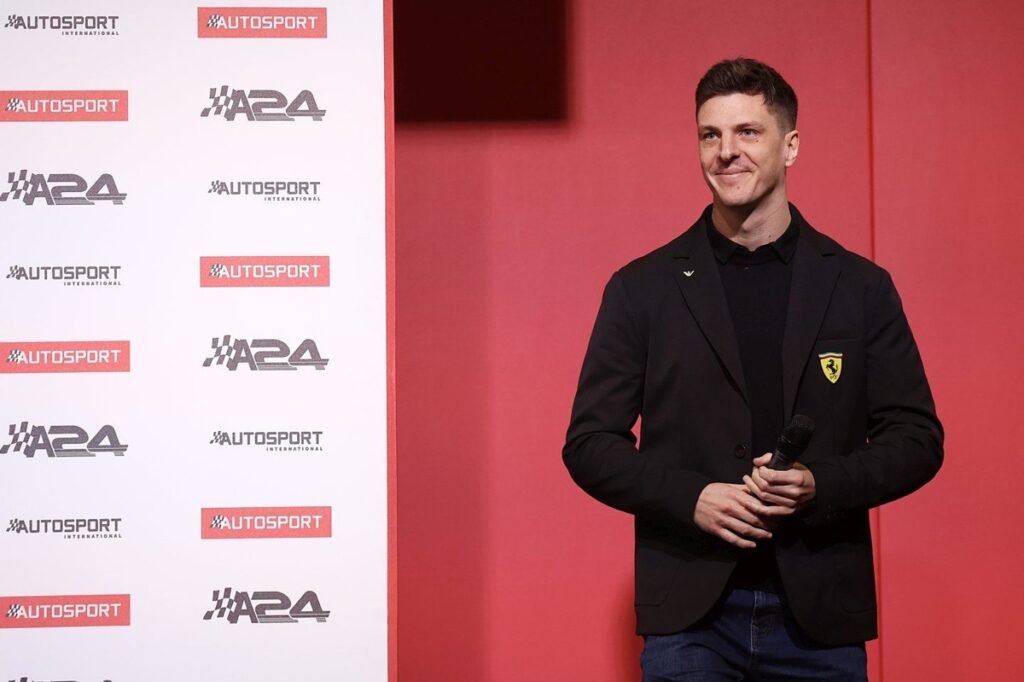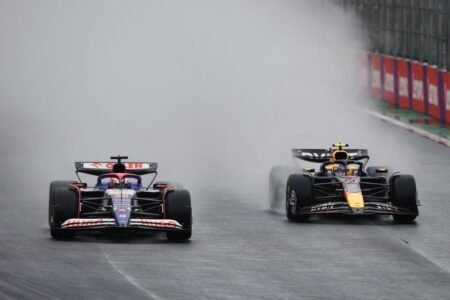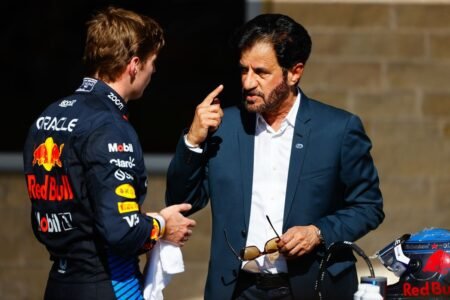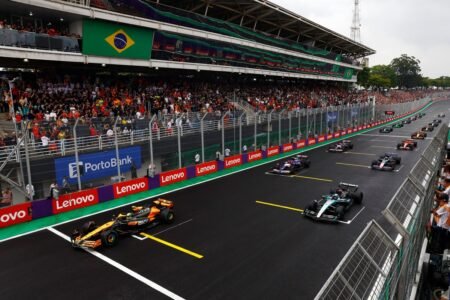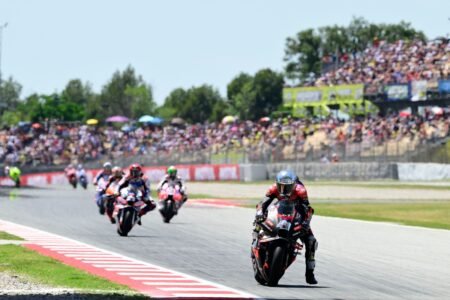Ferrari driver James Calado has revealed that he was hospitalised with malnutrition early in this year’s World Endurance Championship campaign as a result of his efforts to lose weight.
The Briton has disclosed that he became “properly ill” after the Qatar season-opener as he strived to overcome the performance disadvantage that comes with carrying extra kilogrammes in the WEC’s Hypercar category, which does not include the driver in the minimum weight of the car.
“I was sick this year because I lost so much weight – I went to hospital after Qatar with malnutrition,” he explained.
“I was on medication because I was running and not eating, trying so hard to lose weight.
“It’s too dangerous for me to go down to the weight I want.”
Calado explained that he is “70-something kilos” and that could result in a performance disadvantage of as much as half a second a lap on a regular circuit to a driver who weighs 20kg less.
“I would love to be able to qualify, but I’m too heavy,” he said.
“I would love something to make it more equal like karting or in other championships.
#51 Ferrari Af Corse Ferrari 499P: Alessandro Pier Guidi, James Calado, Antonio Giovinazzi
Photo by: Shameem Fahath
“It’s not easy to manage because it’s endurance racing – three drivers per car, two in others – I know that, but let’s try and do something.”
Calado’s revelation comes at a time when there is a push to mitigate the advantage that running lighter drivers brings.
BMW M Motorsport boss Andreas Roos revealed to Autosport that he has raised the issue with the FIA and the Automobile Club de l’Ouest, which jointly run the WEC.
“There should be compensation for driver weight as there was in the past in LMP1 and we are pushing for that,” he said.
“We shouldn’t get to a situation where the manufacturers are looking for the lightest drivers; there should be a situation where every driver can be competitive.
“This is also a safety topic: drivers try to lose weight, but this is endurance racing so it can be dangerous.”
ACO technical director Thierry Bouvet admitted that the idea is being discussed, but stressed that no decision has been made.
“When people have ideas, we and the FIA look at the pros and cons and see if they need to be adopted or not,” he said.
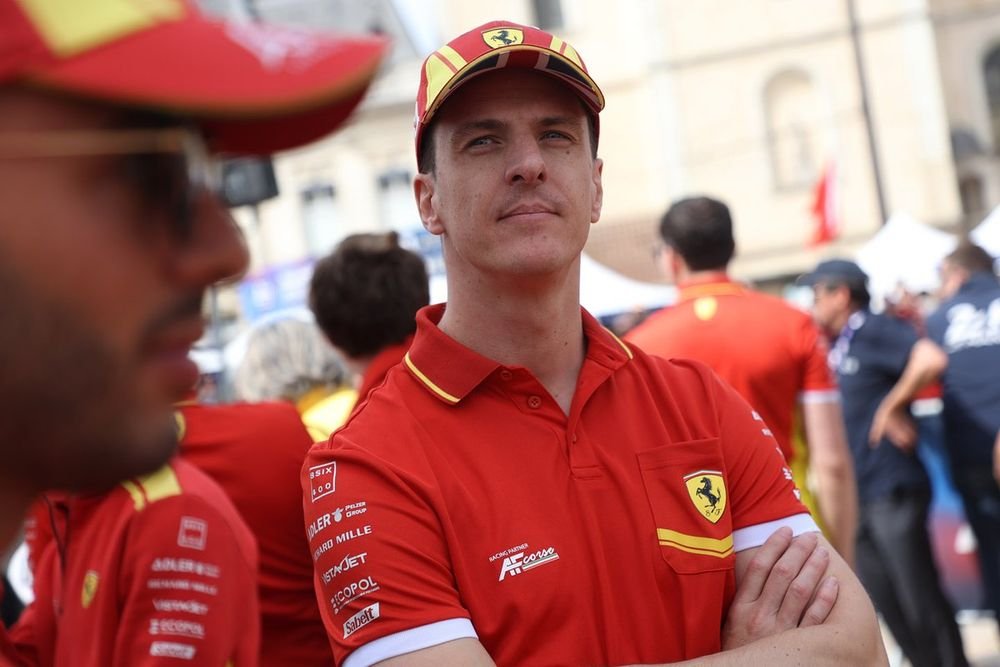
James Calado, Ferrari AF Corse
Photo by: Nikolaz Godet
A rule introduced in LMP1 for the 2015 WEC season increased the minimum weight of a car in which the average weight of its two or three drivers was less than 80kg.
Three drivers with an average weight of 75kg had to carry 5kg of ballast in their car, for example.
The rule didn’t remove the advantage a lighter driver had over heavier co-drivers but equalised the cars across the grid.
The cars of Formula 1 drivers who weigh less than 80kg in their racewear have to carry ballast to bring it up to the 798kg minimum.
The Hypercar technical rules for 2025 have already been approved and published, but could be changed with the unanimous support of the manufacturers.
Read the full article here





